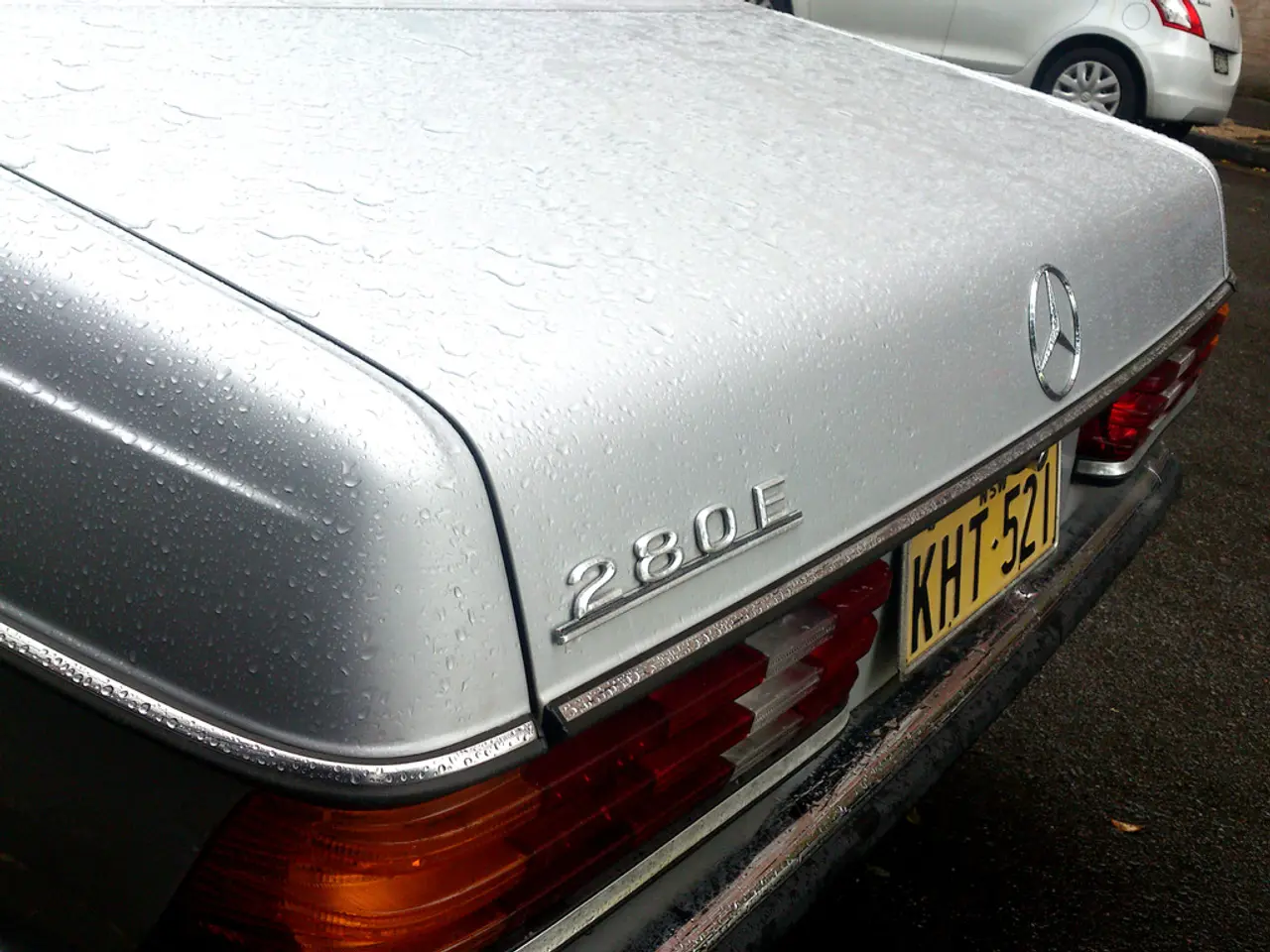Navigating Capital Expenditure Decisions: A Handbook for Start-ups
Managing finances smartly is key for early-stage manufacturing companies, especially when it comes to capital expenditure (capex). This article offers guidance to make informed decisions on capex spending, taking into account the type of product you're manufacturing.
Capex spending relies heavily on financing. To determine how much you can spend, contemplate the funds you can raise from markets, and allocate the correct portion towards capex and other business aspects such as salaries. The amount you should spend depends on ensuring your product is competitive and maintainable in the market.
For Household Goods and Food & Beverage firms, an asset-light business model, either producing with contract manufacturers or leased assets, may be a wise choice due to limited equity availability. Industries like Utilities and Iron and Steel Mining, which attract more funding, have more flexibility to invest in capex.
Even for well-funded industries, equity financing alone is often insufficient to fund a greenfield, first-of-a-kind (FOAK) facility, which can have costs ranging from $20M for a pilot facility to over $100M for full-scale facilities. Therefore, early-stage companies should focus on purchasing only the essential assets for their production, with Household Goods and Food & Beverage firms usually having only a few exceptions.
If you're building a FOAK facility, fundraising must be a priority. Some companies have resorted to public funding systems to unlock government grants, loans, and project financing, but it's usually an exception rather than the rule.
Cost of Goods Sold (COGS) plays a crucial role in deciding how much you should spend on capex. To sell competitively priced products, you should aim for COGS comparable to those of comparable products in your industry. Depreciation, which is a part of the COGS, is an essential factor to consider when budgeting capex spending.
Analyzing competitors that sell similar products can help determine an appropriate depreciation percentage for your COGS. Be mindful not to overspend on capex, as it could impair your ability to compete in the marketplace.
It's essential to invest in capex strategically, particularly in the initial stages of production, focusing on purchasing key assets that cannot be sourced elsewhere. When building a FOAK facility, fundraising must be given top priority, as it may require substantial capital.
- To minimize capex spending, early-stage manufacturing companies must contemplate the funds they can raise from markets and allocate the correct portion towards capex, maintaining a balance with other business aspects such as salaries.
- For Household Goods and Food & Beverage firms, an asset-light business model may be a wise choice due to limited equity availability, focusing on purchasing only the essential assets for production, with a few exceptions.
- When budgeting capex spending, depreciation, a part of the Cost of Goods Sold (COGS), is an essential factor to consider, as it can impact your market competitiveness.
- Analyzing competitors that sell similar products can help determine an appropriate depreciation percentage for your COGS, ensuring you can sell competitively priced products and not overspend on capex, which could impair your ability to compete in the marketplace.






